Perspectives

Climate Change Is Not the Only Driver of Rising Natural Disaster Losses—and That’s Good News
May 9, 2022
Editor’s Note: A version of this article previously appeared on the World Economic Forum’s Agenda blog.
Climate science is a fast-evolving field of study, and while projections of future environmental outcomes remain uncertain, the need for investments in long-term resilience strategies in both the private and public sector has never been clearer. A multifaceted approach to climate action focuses not only on reducing carbon emissions and transitioning to renewable energy sources on a collective scale but also on individual entities preparing for and adapting to what lies ahead.
We know that globally increasing temperatures create conditions that are more conducive to a higher frequency or severity (or both) of many natural perils, creating the potential for increased damage to physical assets and disruption to business operations. Many of the dangerous and costly manifestations of climate change are already here. 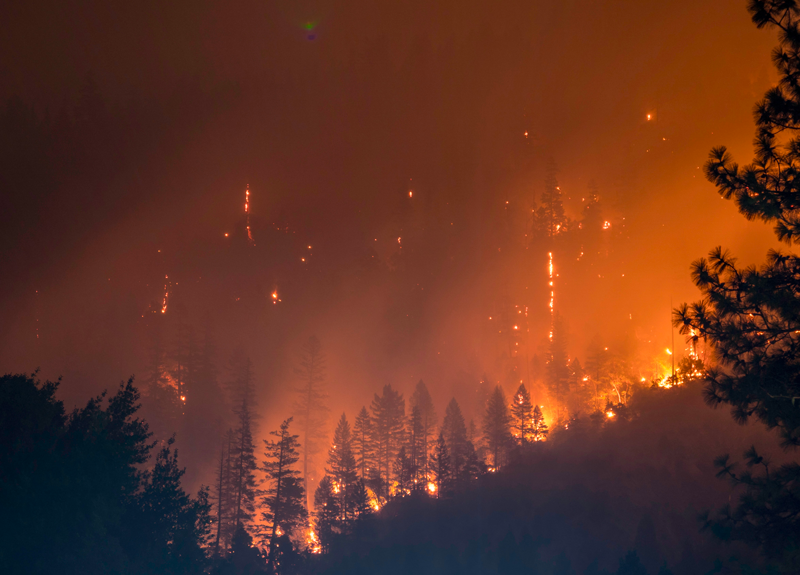 Climate scientists have a high degree of confidence that for perils such as extreme heat, inland and coastal flooding, and wildfires, warming temperatures are making catastrophic events more likely. For example, researchers estimate that the rainfall that caused catastrophic flooding in Texas in the wake of Hurricane Harvey in 2017, went from approximately a 2,000-year event in 1900, to a 300-year event in the present day, to a projected 100-year event by the end of this century.
Climate scientists have a high degree of confidence that for perils such as extreme heat, inland and coastal flooding, and wildfires, warming temperatures are making catastrophic events more likely. For example, researchers estimate that the rainfall that caused catastrophic flooding in Texas in the wake of Hurricane Harvey in 2017, went from approximately a 2,000-year event in 1900, to a 300-year event in the present day, to a projected 100-year event by the end of this century.
For other perils—tornadoes, hurricanes, and other windstorms, to name a few—the impact is less clear. For example, scientists believe that climate change may be reducing the overall occurrence of tropical cyclones but increasing the frequency of the most intense ones, while possibly shifting storm tracks and precipitation patterns, among countless other variables. The net impact is very complex to assess and highly region-dependent. Tempting as it may be to blame various recent disasters on climate change, there is very high natural variability when it comes to extreme events, and the degree to which they are impacted by warming temperatures is very apparent for some perils but not yet clearly established for others (see figure below for a summation of the expected changes in frequency for different perils worldwide). The science of event attribution aims to address such questions but remains a relatively new discipline.
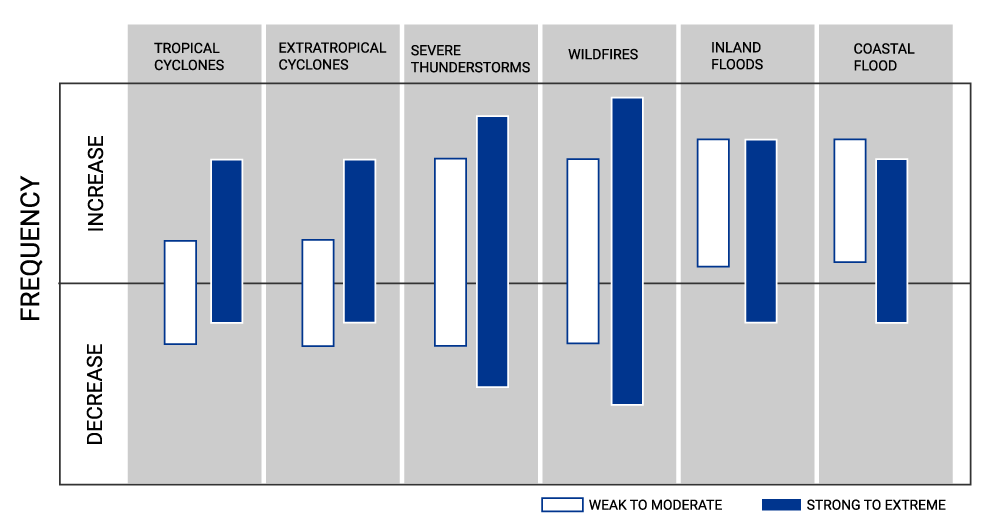
It is also important to note that some of the big events that have been happening in recent years are not out of the ordinary when we consider a long-term historical perspective. For example, in 1926, a Category 4 hurricane struck the Miami area of southern Florida and caused extensive damage to parts of the Gulf Coast. It was an exceptionally catastrophic storm, but Miami’s population, 135,000 people at the time, was a small fraction of the 6 million who live in the metropolitan area today. We estimate that a recurrence of the 1926 Miami hurricane today would result in up to USD 300 billion in property damage from wind and storm surge, which is far higher than any recent historical storm (Hurricane Katrina, the closest contender, would cause up to USD 200 billion). The same holds true for non-atmospheric perils that are not impacted by climate. A recurrence of the 1923 Great Kanto earthquake in the Tokyo area, for example, would cause an estimated USD 1.5 trillion in property damage today, which is also far higher than any recent earthquake.
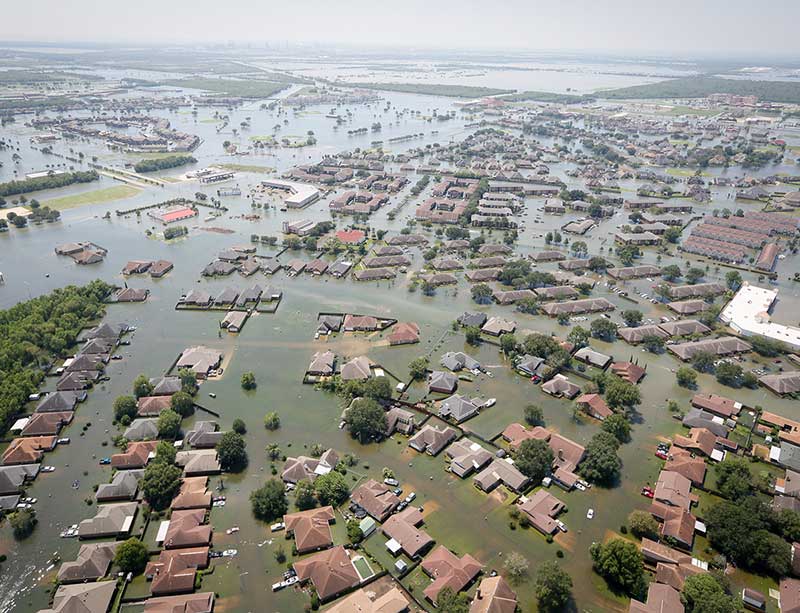 Thus, when we think about the damage from natural disasters in the past few decades, it is important to place climate change in the bigger context of what is contributing to rising losses. The much more certain driver of risk, which surpasses the impact of climate by far, is the dramatic increase in the number and value of properties over the past decades, especially in areas of high risk. As populations have migrated to cities and coasts, more and more homes and businesses are built in vulnerable areas prone to coastal flooding, on inland floodplains, and in the wildland-urban interface where wildfire risk is greatest. A recent study published in the journal Nature Climate estimates that the number of people exposed to flooding in the U.S. is expected to double over the next 30 years, primarily due to population growth, which is expected to far exceed the impact of climate change.
Thus, when we think about the damage from natural disasters in the past few decades, it is important to place climate change in the bigger context of what is contributing to rising losses. The much more certain driver of risk, which surpasses the impact of climate by far, is the dramatic increase in the number and value of properties over the past decades, especially in areas of high risk. As populations have migrated to cities and coasts, more and more homes and businesses are built in vulnerable areas prone to coastal flooding, on inland floodplains, and in the wildland-urban interface where wildfire risk is greatest. A recent study published in the journal Nature Climate estimates that the number of people exposed to flooding in the U.S. is expected to double over the next 30 years, primarily due to population growth, which is expected to far exceed the impact of climate change.
My point here is not to downplay the impact of climate change, but to point out that much of the phenomenon of rising losses from natural perils is governed by where people choose to live and build and is not solely at the whim of chaotic atmospheric dynamics. This means that a significant portion of the risk can be managed through mitigation, adaptation, and policy. In fact, the insurance industry has been preparing for big losses using catastrophe modeling for more than three decades now. These models—available for a wide range of perils, including storms, earthquakes, wildfires, and floods—provide a data-driven view of risk based on the latest scientific understanding of the likelihood, location, and severity of extreme events and how they would impact the built environment.
Insurers and reinsurers use modeling tools to understand the potential for losses to the properties that they insure or are considering insuring, at any level of granularity from an entire global portfolio down to a single building. In recent years, climate change has entered the discourse about catastrophe modeling in the insurance 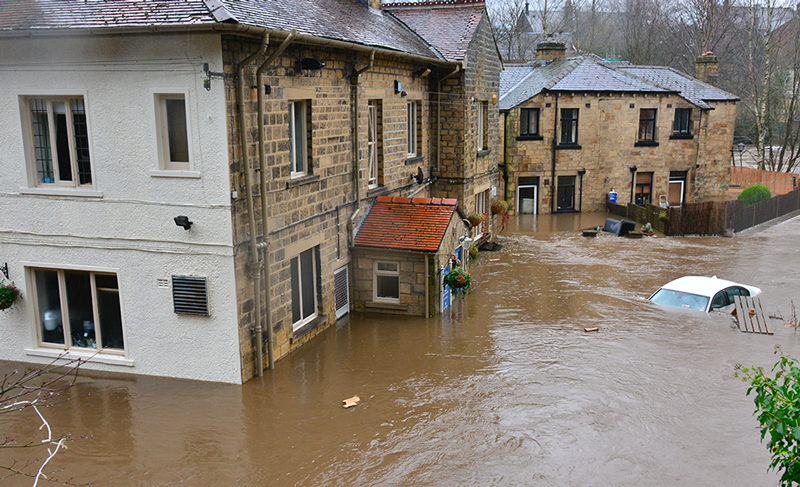 industry in a big way. One concern is that the long-term historical data used to simulate potential events reflect past climate conditions that are no longer applicable. To create a forward-looking view of risk, modelers more carefully utilize the range of historical data used in model development to better represent the current conditions and the effects of climate change that have already occurred. As the risk continues to evolve, the models will be updated to incorporate the latest research and data to ensure a continually forward-looking view of risk that reflects the near-term climate within a 10-year time frame.
industry in a big way. One concern is that the long-term historical data used to simulate potential events reflect past climate conditions that are no longer applicable. To create a forward-looking view of risk, modelers more carefully utilize the range of historical data used in model development to better represent the current conditions and the effects of climate change that have already occurred. As the risk continues to evolve, the models will be updated to incorporate the latest research and data to ensure a continually forward-looking view of risk that reflects the near-term climate within a 10-year time frame.
While there may be a certain sense of futility when confronted with climate “tipping points” and seemingly unachievable global emission targets, there are clear steps that individual organizations can take today to decrease the potential for losses from extreme events. First is understanding that increasing development in hazardous areas and the increase in property values are also responsible for the historical rise in losses. Second is acknowledging and preparing for the fact that climate change will inevitably continue to increase losses in the future and that a certain amount of climate change is already “baked in” to the system. To both these points, current modeling tools—which have a long-established track record of helping the insurance industry prepare for natural disasters before they occur—can be used now to set a baseline of risk to today’s assets.
Organizations can model a variety of perils, either individually or in combination, to understand the risk to existing assets and supply chains, 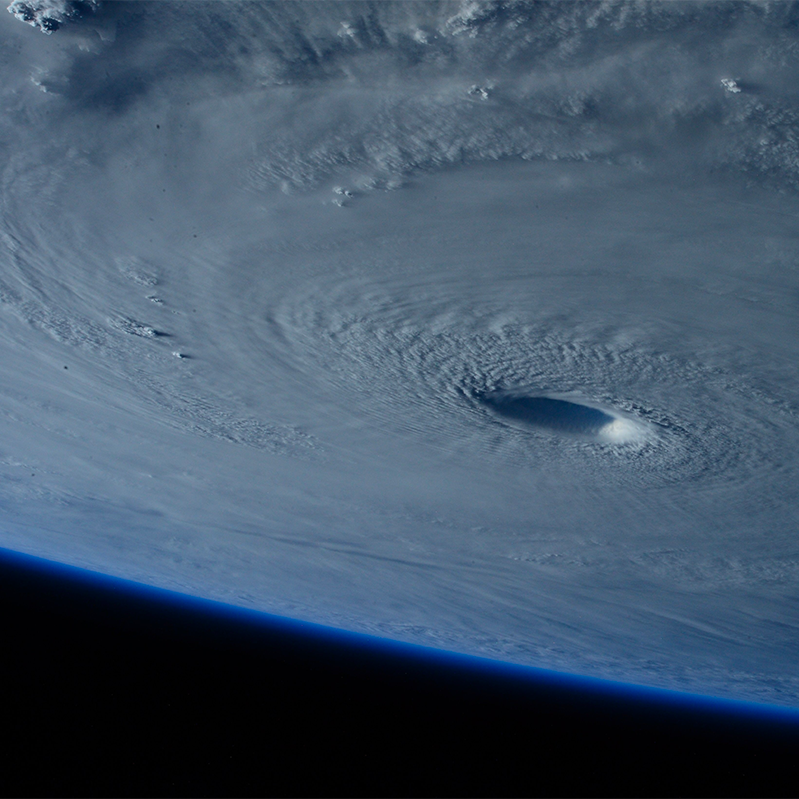 formulate strategies to protect them (either through insurance or physical mitigation), and plan resilient growth strategies for future assets. Models can also be used to sensitivity test the implemented protection measures against future climate conditions and a comprehensive range of high impact scenarios. Recent events such as the Tohoku earthquake and the global pandemic have shown just how important robust scenario planning can be in any resilience plan to respond to shocks and take advantage of opportunities.
formulate strategies to protect them (either through insurance or physical mitigation), and plan resilient growth strategies for future assets. Models can also be used to sensitivity test the implemented protection measures against future climate conditions and a comprehensive range of high impact scenarios. Recent events such as the Tohoku earthquake and the global pandemic have shown just how important robust scenario planning can be in any resilience plan to respond to shocks and take advantage of opportunities.
Climate change is dominating conversations across all sectors of the economy. We know that there are significant expected and unforeseen impacts ahead, but part of the nature of extreme events is their inherent uncertainty. While much of the focus is on a future state that’s decades away, modeling tools make it possible to assess the risk of a near-present climate state. It is crucial for organizations to recognize what their baseline is to make it possible to understand how it may shift in the years to come and create the best strategies for adaptation.

